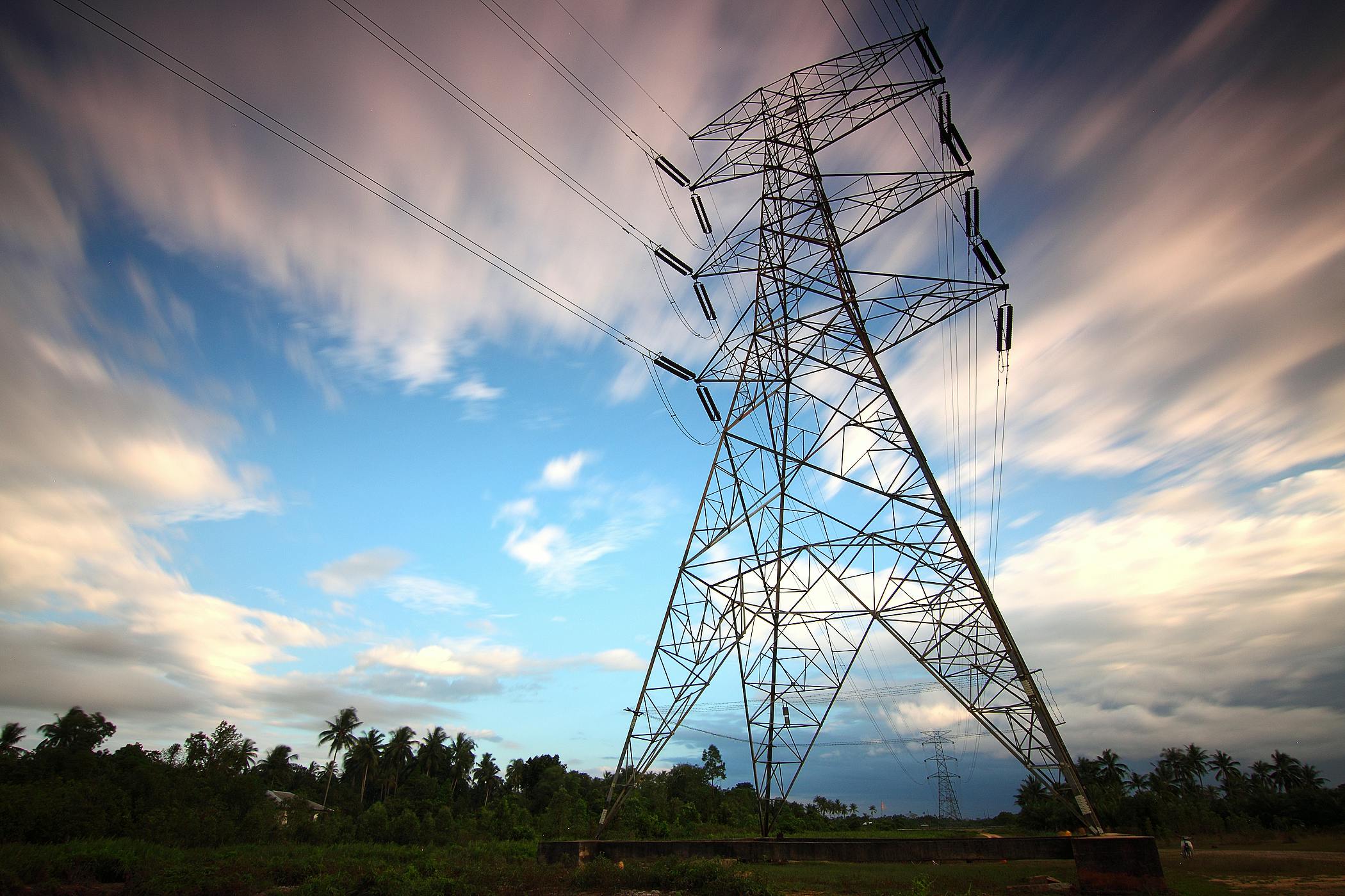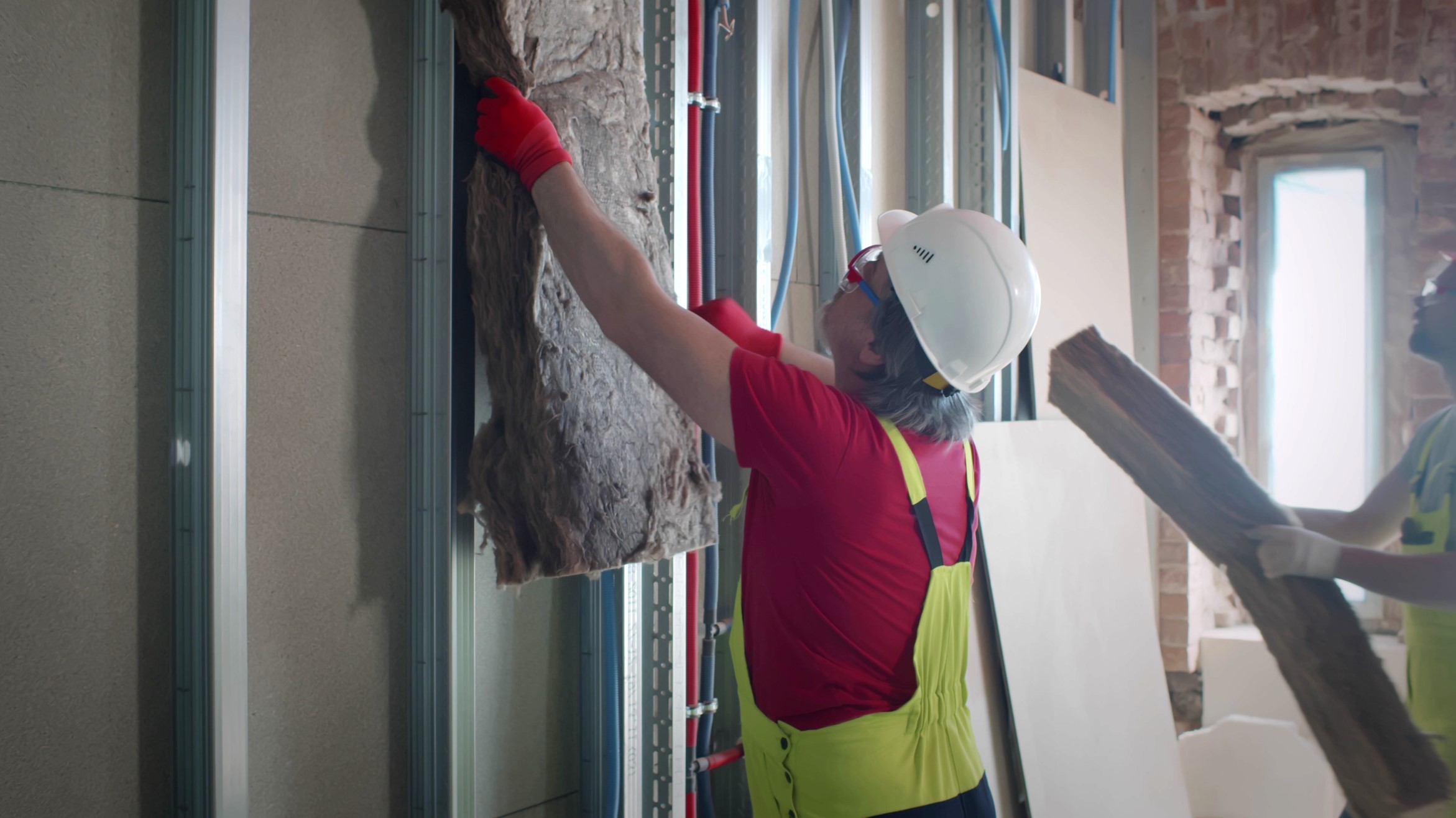Warm Up New Zealand: Heat Smart was the government principal energy efficiency programme in the residential sector for four years. The programme provided consumers with information on home insulation, grants for the installation of energy efficiency measures (through subsidies for ceiling and underfloor insulation installed through approved service providers), and clean heating devices - in homes built prior to 2000.
The scheme paid - without income restriction - one-third of the cost of installing ceiling and under-floor insulation up to a maximum of NZ$1,300. People on lower incomes were eligible for up to 60 percent of the total cost of insulation and NZ$1,200 towards a clean heating appliance, provided the home was first insulated. Landlords whose tenants were low-income earners could also receive the 60% subsidy.
The project was co-funded b ;four sets of partners: local government, iwi, existing and new service providers, and energy retailers local government, iwi, existing and new service providers, and energy retailers. Generally, this third-party funding was applied to low-income households to cover the remaining 40% of the costs of insulation not provided by the programme. In Budget 2009 the Government allocated the programme NZ$323 million over 4 years. The initial aim was to retrofit over 180,000 homes. In November 2009 the Government announced that the programme would be enhanced by an additional NZ$24 million of funding targeted at low-income families, allowing an additional 8000 households to benefit. In Budget 2012, the programme was extended further, to deliver a total of at least 230,000 insulation retrofits.
The programme delivered 241,000 insulation retrofits. Evaluation reports confirm and quantify the success of the programme. Net benefits to New Zealand are calculated to be worth NZ$1.3 billion over the expected lifetime of measures delivered under the programme, with a benefit: cost ratio of more than 4:1. The majority (99% of the measured net benefit is from improved health resulting from warmer, drier conditions after the insulation is installed.
Some concrete Key Performance Indicators (KPIs) include:
Government investment: $347m over five years and $318m grant funding.
Target: 188,500 retrofitts with 241,000 achieved (about 50,000 per year).
-

-
 Countries impacted:
Countries impacted:
New Zealand -
 Geographical scale:
Geographical scale:
Regional and Local -
 Energy poverty phase:
Energy poverty phase:
Implementation -
 Intervention type:
Intervention type:
Financial mechanismsHousehold energy efficiency and refurbishmentLabour market insertion -
 Professionals involved:
Professionals involved:
Member of a local/national authorityTechnician -
 Type of funding:
Type of funding:
Government subsidies -
 Website:
Website:
Case website -
SDGs addressed:


Explore more

Warmer Kiwi Homes


